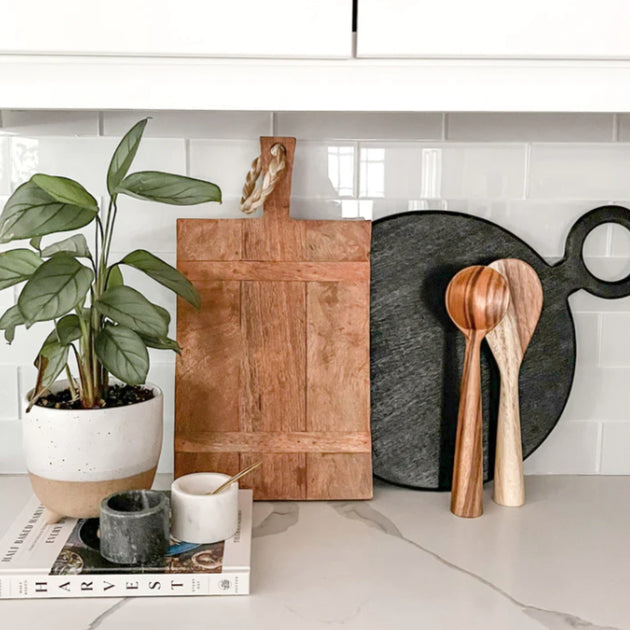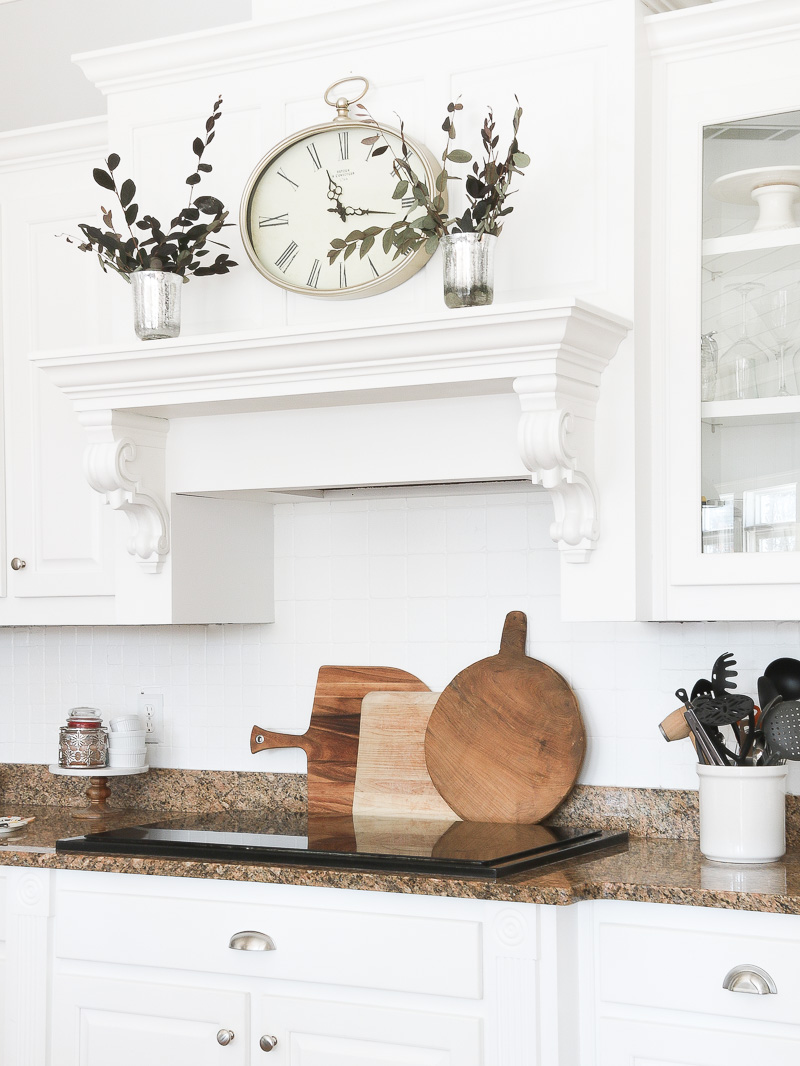Introduction to Decorative Kitchen Cutting Boards
When it comes to kitchen accessories, cutting boards often take a back seat to more glamorous items like knives and cookware. However, decorative kitchen cutting boards have emerged as both practical tools and stylish kitchen decor. As both an avid cook and a design enthusiast, I can attest to the joy of having a beautiful cutting board that also enhances my cooking experience.
Understanding Decorative Kitchen Cutting Boards
Decorative kitchen cutting boards are typically made from various materials and come in a range of designs, colors, and sizes. They can serve multiple purposes, from food preparation to serving platters. This versatility makes them a valuable addition to any kitchen.
Choosing the Right Decorative Cutting Board
Materials Matter
Choosing the right material is critical to both aesthetics and functionality. Here are some common materials used in decorative cutting boards:
- Wood: Classic, durable, and often visually appealing. Types include bamboo, maple, walnut, and cherry.
- Bamboo: Eco-friendly and lightweight, with natural antibacterial properties.
- Plastic: Lightweight, easy to clean, and available in various colors and designs.
- Glass: Stylish and hygienic, but can be heavy and may dull knives.
- Marble: Elegant and cool surface, ideal for pastry work.
Size and Shape Considerations
The size and shape of your cutting board should be determined by your kitchen space and cooking habits. Here are some popular options:
- Rectangular: The most common shape, great for slicing and dicing.
- Round: Perfect for serving cheese and appetizers.
- Square: Versatile for various food preparations.

Comparative Table of Materials
| Material | Pros | Cons |
|---|---|---|
| Wood | Durable, aesthetically pleasing, knife-friendly | Requires maintenance, can warp |
| Bamboo | Eco-friendly, lightweight, antibacterial | Can be scratched easily |
| Plastic | Easy to clean, lightweight, affordable | May retain odors, can dull knives |
| Glass | Stylish, hygienic, non-porous | Can be heavy, knife-dulling |
| Marble | Elegant, cool for pastry | Heavy, requires careful handling |
Popular Styles of Decorative Kitchen Cutting Boards
Now that we’ve covered the basics of materials and sizes, let’s explore some popular styles of decorative cutting boards that can elevate your kitchen’s aesthetic.

Personalized Cutting Boards
Engraved or personalized cutting boards add a touch of uniqueness to your kitchen. They make for excellent gifts or family heirlooms, allowing you to showcase your family’s name or a meaningful quote.
Artistic and Themed Designs
From whimsical shapes to intricate artwork, decorative boards featuring artistic designs can serve as delightful conversation starters while also being functional.

Rustic and Farmhouse Styles
For those who love a cozy, rustic vibe, distressed wood cutting boards with a natural finish can enhance your kitchen with a warm touch.
Modern and Minimalist Designs
With clean lines and simple aesthetics, modern cutting boards prioritize function without sacrificing style. They complement contemporary kitchens beautifully.

Care and Maintenance for Decorative Cutting Boards
To ensure your decorative cutting board remains both functional and visually appealing for years to come, proper care is essential.
Cleaning Techniques
- Wood: Hand wash with mild soap and warm water. Avoid soaking.
- Bamboo: Similar to wood, avoid prolonged exposure to moisture.
- Plastic: Dishwasher-safe, but hand washing can extend its lifespan.
- Glass and Marble: Clean with warm, soapy water; avoid abrasive materials.

Oiling Wood Boards
Applying mineral oil periodically helps maintain the wood’s appearance and prevents cracking. Simply wipe the oil onto the board and let it absorb overnight.
Storing Your Cutting Board
Store your cutting board in a dry area, away from direct sunlight or heat sources, to prevent warping or discoloration.

Why You Should Invest in Decorative Kitchen Cutting Boards
Investing in a decorative kitchen cutting board is more than just purchasing a kitchen tool; it’s about enhancing your cooking experience and elevating the overall design of your kitchen. Here are several reasons why you should consider making this investment:
- Functional Art: A cutting board serves as a practical tool while also acting as a piece of art in your kitchen.
- Conversation Starter: Unique designs and personalized boards can initiate wonderful conversations during gatherings.
- Gift Potential: Decorative boards make amazing gifts for housewarmings, weddings, or holidays.
- Home Décor: Aesthetically pleasing cutting boards can add character to your kitchen décor and can be displayed on countertops.
Pros and Cons of Decorative Cutting Boards
Pros
- Enhances kitchen aesthetics
- Versatile uses (cooking, serving, display)
- Personalized options available
- Wide variety of materials and designs
Cons
- Some materials require more maintenance
- Higher cost for artisanal or designer boards
- Potential for warping or scratching
Decorative Cutting Boards for Every Occasion
Whether you’re prepping a meal for a family gathering or hosting a chic dinner party, having the right decorative cutting board can enhance the experience. Here are some occasions where a decorative cutting board can shine:
Everyday Cooking
A functional yet beautiful cutting board makes day-to-day cooking feel special. It can provide a delightful backdrop for ingredient preparation.
Entertaining Guests
Serve guests using a decorative cutting board for cheese platters, charcuterie, or appetizers. The visual appeal will impress your guests.
Holiday Celebrations
During holidays, themed decorative cutting boards can complement your festive decorations and serve as a fun serving piece.
Frequently Asked Questions (FAQs)
1. Are decorative cutting boards safe for food preparation?
Yes, as long as they are made from food-safe materials and are properly maintained, decorative cutting boards can safely be used for food preparation.
2. How often should I clean my cutting board?
It’s best to clean your cutting board after each use, especially when preparing raw meats or vegetables to avoid cross-contamination.
3. Can I use a glass cutting board?
While glass cutting boards are hygienic and easy to clean, they can dull your knives faster than wooden or plastic boards.
4. What’s the best way to remove odors from a cutting board?
To remove odors, sprinkle baking soda on the board and scrub with a mixture of lemon juice and water. Rinse well and dry.
5. How should I store my decorative cutting boards?
Store cutting boards in a cool, dry place and avoid stacking them if possible. This helps maintain their shape and prevents damage.